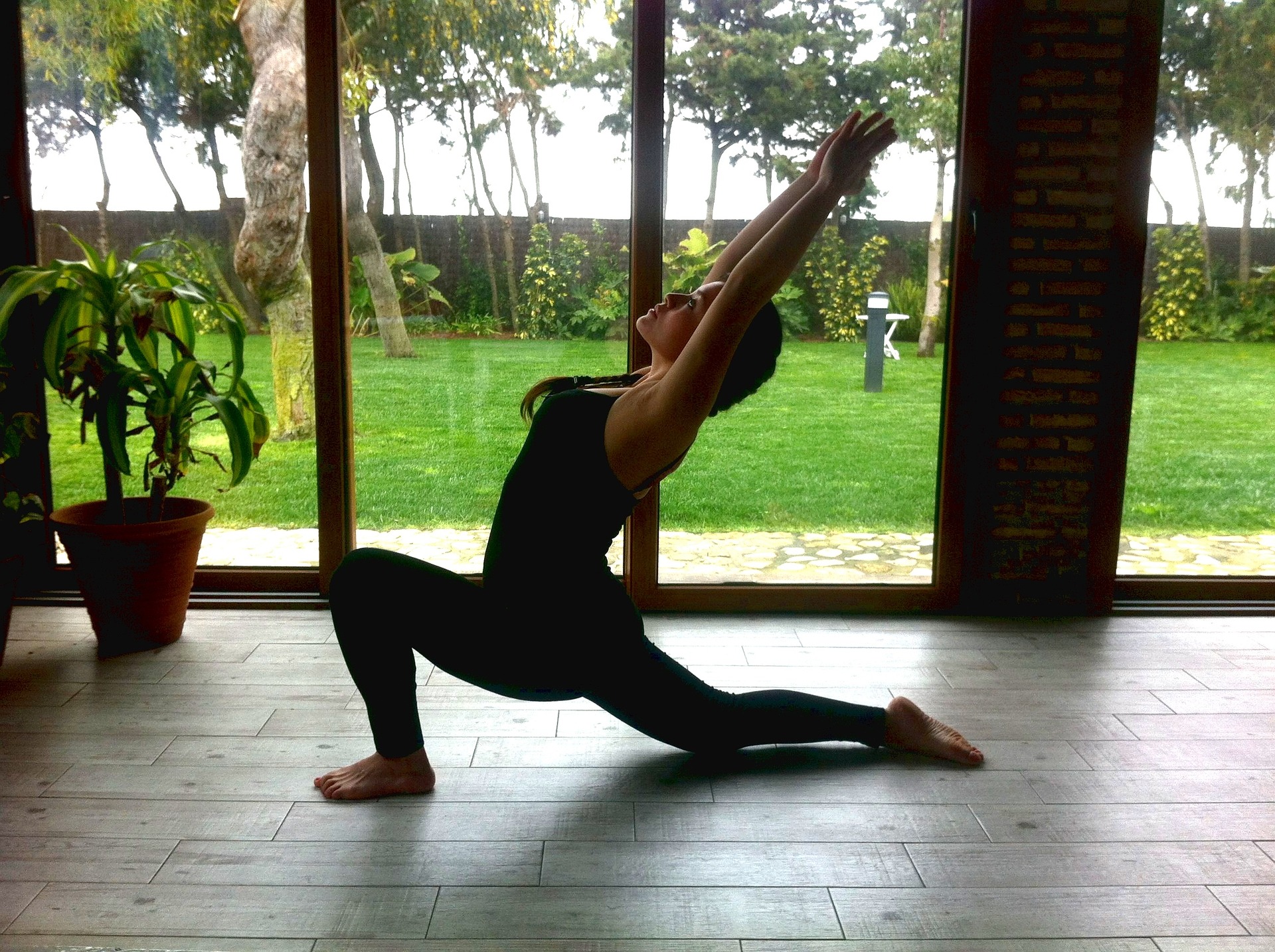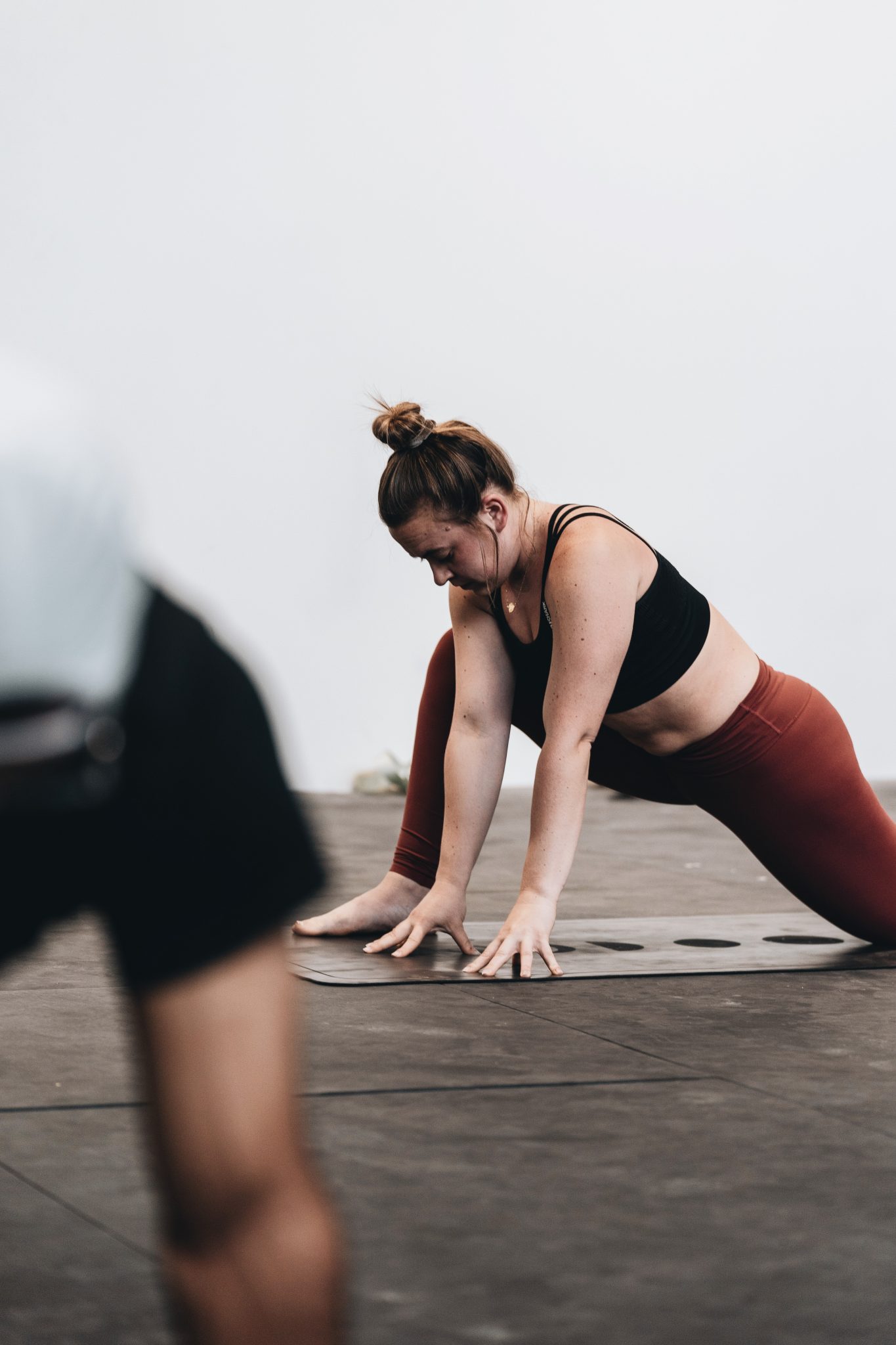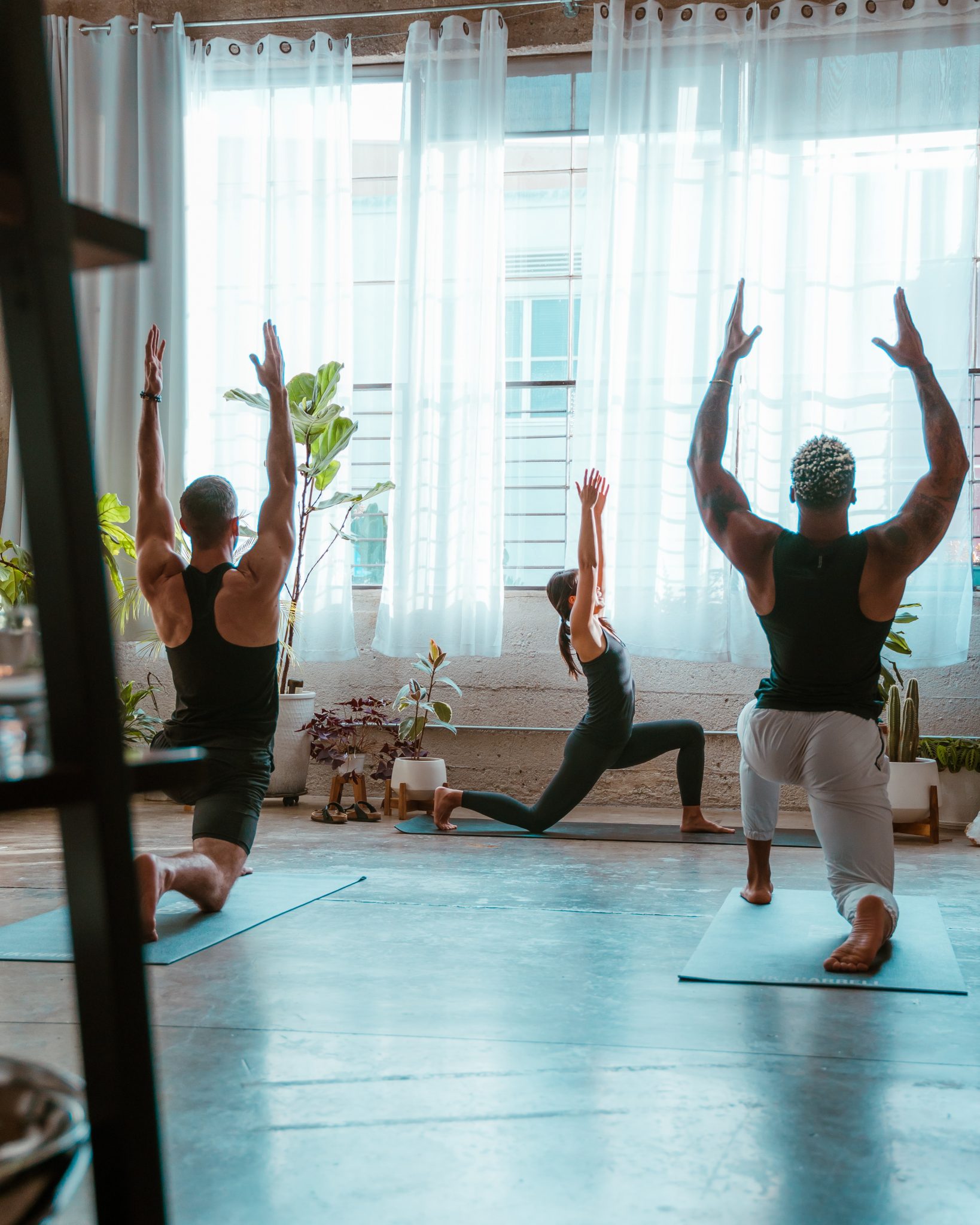
Yoga for Asthma Relief
Yoga is known for its ability to assist individuals with asthma. Through various yoga practices such as meditation, relaxation, yogic kriyas, pranayamas, and yogasanas, the mind and body can be calmed, leading to improved health. By practicing yoga regularly and for extended periods, asthma attacks can be prevented. Additionally, yoga helps individuals relax, reducing anxiety that can trigger asthma attacks. The immune system is also strengthened through yoga, resulting in fewer respiratory tract infections. If you’re looking to manage and recover from asthma, consider incorporating yoga into your routine.
Introduction to Yoga for Asthma Relief
Many people are now opting to practice yoga as an alternative treatment for asthma since conventional medications are already very expensive. Medical costs are continuously rising every year and because of this, individuals suffering from different health problems are turning to cost-effective alternative treatments which were used many years ago by the ancient people. Did you know that yoga can prevent and control asthma attacks? If you don’t believe it, keep on reading.
Asthma is a Greek word that means short-drawn breath, gasping, or panting. It is considered as a respiratory ailment which causes discomfort among patients. About 10% of children and 5% of adults around the world are suffering from asthma; millions of people are suffering from this dreaded disease and when it is left untreated, it can cause death. Asthma symptoms don’t show every day. The attacks happen when a certain factor triggers the asthma.
Yoga for Asthma Relief Symptoms
Normally, the air sacs appear like balloons when filled with air but in the case of an asthmatic, the air sacs become floppy-like while the alveoli and bronchi collapse. The asthma patient will therefore inhale more air but they will have difficulty in exhaling. It’s easy to tell if you’re having an attack, just look at these symptoms – dry cough, breath shortness, breathing difficulty, lightness or tightness of the chest, and whistling or wheezing sounds. Before your asthma attack, symptoms like irritated eyes, itchy throat, and running nose may also appear.
Asthmatics have trouble in exhaling but they can inhale with ease. Another thing that you should watch out for is that asthma attacks occur at night when the person is sleeping. If you want to control your life and prevent asthma attacks, you need to identify the possible triggers or factors. The triggers include allergy, abnormal or unusual body chemistry, heredity, and a combination of several factors.
Bronchospasm occurs when the airways are constricted and clogged. This results in difficulty in breathing. Once the bronchioles become inflamed, it generates mucus, which results in muscle tightening; the airways are thereby irritated and the doctor will tell you that you’re having a bronchospasm.
Incorporating Yoga for Asthma Relief Management Plans
If you don’t want to suffer from asthma symptoms often, you can try yoga. There are already a large number of Yoga centers all over the world. Asthmatics who join yoga classes show favorable results. Through yoga, you can avoid attacks without using any drugs or medication. If you’re currently undergoing a medical asthma treatment, yoga practices can also enhance the efficacy of such medicines. Homeopathic and allopathic doctors now believe in Yoga’s effectiveness in treating asthma.
According to Yoga experts, your health condition is centered in the mind. Through yoga practices like meditation, relaxation, yogic kriyas, pranayamas, and yogasanas, the whole system can be calmed down. This aids in adequate food assimilation and the strengthening of the circulatory and digestive systems, as well as the lungs. By practicing yoga regularly and for longer periods, asthma attacks can be prevented.
If you’re taking drugs and medicines, the anxiety is still there and this can trigger an attack. With yoga, you get to relax because of the increased awareness of yourself. If you can ease your anxieties and fears, you can control asthma with ease.
The immune system is stabilized by yoga practices and therefore, there are fewer respiratory tract infections. You can recover from asthma; find a Yoga center near you now.
 Yoga Poses for Asthma Relief
Yoga Poses for Asthma Relief
- Sukhasana (Easy Pose)
- Matsyasana (Fish Pose)
- Bhujangasana (Cobra Pose)
- Setu Bandhasana (Bridge Pose)
- Adho Mukha Svanasana (Downward-Facing Dog Pose)
Sukhasana, commonly known as the Easy Pose, is a foundational yoga posture often practiced for its simplicity and accessibility to practitioners of all levels. In Sukhasana, the practitioner sits cross-legged on the mat with the spine elongated and the hands resting gently on the knees or thighs. This pose encourages relaxation, grounding, and a sense of calmness while gently stretching the hips, knees, and ankles. Sukhasana is often used as a starting position for meditation, pranayama (breath control), and other seated yoga practices. It promotes proper alignment of the spine, opens the chest, and encourages deep breathing, making it an excellent choice for relieving stress and tension in both the body and mind.
Matsyasana, commonly known as the Fish Pose, is a rejuvenating yoga posture that opens the chest, stretches the neck and throat, and stimulates the thyroid gland. In Matsyasana, the practitioner lies on their back with legs extended and arms resting alongside the body. They then lift the chest and arch the back, supporting themselves on the elbows and gently tilting the head backward until the crown of the head touches the ground. This pose not only expands the chest and lungs, promoting deeper breathing and increased oxygen intake, but also helps to counteract the effects of prolonged sitting and poor posture. Matsyasana is believed to alleviate respiratory ailments, improve spinal flexibility, and invigorate the entire body, making it a beneficial addition to any yoga practice.
Bhujangasana, also known as Cobra Pose, is a rejuvenating yoga posture that offers a myriad of physical and mental benefits. In Bhujangasana, the practitioner lies prone on the mat, palms placed beneath the shoulders, and gradually lifts the upper body while keeping the pelvis and legs grounded. This gentle backbend stretches the spine, opens the chest, and strengthens the back muscles. As the chest expands and the heart lifts, Bhujangasana encourages deep breathing, promoting increased lung capacity and oxygen flow throughout the body. Additionally, this pose stimulates the abdominal organs, improving digestion and relieving mild back pain. Mentally, Bhujangasana cultivates a sense of vitality, confidence, and resilience, making it an empowering addition to any yoga practice.
Setu Bandhasana, commonly known as Bridge Pose, is a rejuvenating yoga posture that offers a myriad of physical and mental benefits. In Setu Bandhasana, the practitioner lies supine on the mat with knees bent and feet hip-width apart, then lifts the hips towards the ceiling while pressing firmly into the feet and engaging the glutes and hamstrings. This gentle backbend stretches the spine, opens the chest, and strengthens the back, thighs, and buttocks. Bridge Pose also stimulates the abdominal organs, improving digestion and relieving mild back pain. Mentally, Setu Bandhasana calms the mind, alleviates stress, and promotes a sense of balance and equilibrium. It is an energizing pose that can be practiced on its own or as part of a flowing sequence, offering both physical vitality and inner serenity.
Adho Mukha Svanasana, commonly known as Downward-Facing Dog Pose, is a foundational yoga posture that offers a multitude of physical and mental benefits. In this pose, the practitioner begins on hands and knees, then lifts the hips towards the ceiling while straightening the arms and legs to form an inverted V shape. Downward-Facing Dog stretches and lengthens the spine, while also strengthening the arms, shoulders, and legs. It helps to relieve tension in the neck and shoulders, and can also improve circulation throughout the body. Mentally, this pose promotes a sense of calm and relaxation, while also increasing focus and concentration. Downward-facing dog is often used as a transitional pose in yoga sequences and can be modified to suit practitioners of all levels, making it a versatile and accessible posture for enhancing overall well-being.
Breathing Techniques in Yoga for Asthma Relief
The practice of yoga offers a range of breathing techniques for asthma relief. These pranayama techniques and breathing exercises are specifically designed to alleviate asthma symptoms, enhance the flow of oxygen, and promote relaxation.
Deep breathing exercises, such as diaphragmatic breathing (also known as belly breathing), encourage the use of the diaphragm to draw in more oxygen and fully expand the lungs, which can help relieve asthma-related breathing difficulties. Additionally, alternate nostril breathing (Nadi Shodhana) and the three-part breath (Dirga Pranayama) can help regulate breathing patterns, reduce stress and anxiety, and improve overall lung function. These techniques work by calming the nervous system, reducing inflammation, and promoting a sense of calm and well-being.
By incorporating pranayama into your daily routine, individuals with asthma can experience greater control over their breathing, improved respiratory health, and a greater sense of relaxation and ease.
Conclusion
In this comprehensive article, we explored the transformative power of yoga for asthma relief. By incorporating specific yoga poses, breathing techniques, and relaxation practices, individuals with asthma can experience significant improvements in respiratory function, symptom management, and overall well-being. From gentle stretches that open the chest and improve lung capacity to calming pranayama exercises that promote deep breathing and relaxation, yoga offers a holistic approach to managing asthma symptoms. By embracing yoga as a complementary therapy, individuals can gain greater control over their breathing, reduce the frequency and severity of asthma attacks, and enhance their quality of life. With its focus on mindfulness, breath awareness, and gentle movement, yoga provides a safe and effective pathway to relief for those living with asthma.


